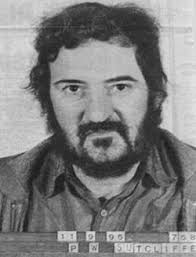
Peter William Sutcliffe was the first of six children born to John and Kathleen Sutcliffe, on 2 June 1946, in Bingley, Yorkshire. As a boy he was reserved, and preferred spending time with his mother, finding it difficult to make friends at school, and he was often bullied. He left school aged fifteen, with no clear career focus, and his early working life was spent in a number of short-lived, menial occupations, which included a stint as a gravedigger. Between November 1971 and April 1973 Sutcliffe worked at the factory of Baird Television Ltd, on the packaging line. He left when he was asked to go on the road as a salesman.
Outwardly he presented as a diligent, likeable individual, if a little reserved, and, in 1966, he met the daughter of Czech immigrants, Sonia Szurma, whom he courted and eventually married in August 1974. They moved in with her parents, as his chequered work history meant that they had insufficient funds to buy their own home. During the time of their courtship, Sutcliffe had developed an obsession with prostitutes that he indulged together with a friend, Trevor Birdsall, and they spent a large portion of their spare time cruising red-light districts in the Yorkshire area. This obsession continued after their marriage and the acquisition of his HGV licence in June 1975, and his subsequent work as a lorry driver, took him away from home more than ever, enabling him to indulge his obsession without fear of detection. There is speculation that a bad experience with a prostitute, during one of these forays, which he was believed to have been conned out of money, it was said to be the fuel of his violent hatred of these women that resulted in the death of thirteen women, and the vicious attack of seven others.
Sutcliffe committed his first assault on an older prostitute whom he had met whilst searching for the woman who had previously tricked him out of money. He had left his friend’s mini-van and walked up Saint Pauls Road, Bradford, until he was out of sight. When he came back, he was out of breath, as if he had been running. He told his long-term friend Trevor Birdsall, who was the driver of the vehicle that he was in, to drive off quickly. Sutcliffe said that he had followed a prostitute into a garage and hit her over the head with a stone in a sock. According to his statement, Sutcliffe stated, “I got out of the car, went across the road and hit her. The force of the impact tore the toe off the sock and whatever was in it came out. I went back to the car and got in it”. When the police visited his home the next day, they informed him that the woman, who bore no resemblance to the prostitute who had tricked him out of £10, had noted down Birdsall’s mini-van vehicle registration plate. Sutcliffe admitted that he had hit her over the head, but claimed that it was only with his hand. The police told him he was “very lucky” as the prostitute did not want anything more to do with the incident, she was a known prostitute and hercommon-law husband was serving a sentence for an assault. Sutcliffe committed his second assault on the night of 5 July 1975 in Keighley. He attacked Anna Rogulskyj, who was walking alone, striking her unconscious with a ball-peen hammer and slashing her stomach with a knife. Disturbed by a neighbour, he left without killing her. Rogulskyj survived after extensive medical intervention but was emotionally traumatised by this attack.
Sutcliffe attacked Olive Smelt in Halifax in August. Employing the same modus operandi he struck her from behind and used a knife to slash her, though this time above her buttocks. Again he was interrupted, and left his victim badly injured but still alive. Like Rogulskyj, Smelt suffered emotional scars from the attack, including clinical depression. On 27 August, Sutcliffe attacked 14 year old Tracy Browne in Silsden. He struck her from behind and hit her on the head five times while she was walking in a country lane. Sutcliffe was not convicted of this attack, but confessed to it in 1992. The first victim to lose her life was Wilma McCann, on 30 October. McCann was a mother of four from the Chapeltown district of Leeds. Sutcliffe struck her twice with a hammer before stabbing her 15 times in the neck, chest and abdomen. Traces of semen were found on the back of her underwear. An extensive inquiry, involving 150 police officers and 11,000 interviews, failed to uncover the culprit. One of McCann’s daughters committed suicide in December 2007, reportedly after suffering years of torment over her mother’s death.
Sutcliffe committed his next murder in January 1976, when he stabbed Emily Jackson 51 times in Leeds. In dire financial straits, Jackson had been using the family van to exchange sexual favours for money, a fact which shocked family and neighbours when it was revealed after the murder. Sutcliffe hit her on the head with a hammer and then used a sharpened screwdriver to stab her in the neck, chest, and abdomen. Sutcliffe also stamped on her thigh, leaving behind an impression of his boot. Sutcliffe attacked Marcella Claxton in Roundhay Park, Leeds, on 9 May. Walking home from a party, she was given a lift by Sutcliffe. When she later got out of the car to urinate, Sutcliffe hit her from behind with a hammer. She was left alive and was able to testify against Sutcliffe at his trial. On 5 February 1977 he attacked Irene Richardson, a Chapeltown prostitute, in Roundhay Park. Richardson was bludgeoned to death with a hammer. Once she was dead, he mutilated her corpse with a knife. Tyre tracks left near the murder scene resulted in a long list of possible suspect vehicles. Two months later, on 23 April 1977, Sutcliffe killed Bradford prostitute Patricia “Tina” Atkinson in her flat, where police found a bootprint on the bedclothes. Two months later Sutcliffe committed another murder in Chapeltown, claiming his youngest victim, 16-year-old Jayne MacDonald, on 26 June. She was not a prostitute. In the public perception, her death showed that every woman was a potential victim. Sutcliffe seriously assaulted Maureen Long in Bradford in July. He was interrupted and left her for dead. A witness misidentified the make of his car. More than 300 police officers working the case amassed 12,500 statements and checked thousands of cars, without success. On 1 October 1977 Sutcliffe murdered Manchester prostitute Jean Jordan. Her body was found ten days later and had obviously been moved several days after death. In a later confession, Sutcliffe stated he had realised that the new £5 note he had given her was traceable. After hosting a family party at his new home, he returned to the wasteland behind Manchester’s Southern Cemetery, where he left the body, to retrieve the note. Unable to do so he mutilated Jordan’s corpse and moved the location of the body. The following morning, Jordan was discovered by actor Bruce Jones, who at that time was a local dairy worker. He had an allotment on the land adjoining the site where the body was found and was searching for disused house bricks when he made the discovery.The £5 note, hidden inside a secret compartment in Jordan’s handbag, offered a valuable piece of evidence. The note was new, allowing it to be traced to branches of the Midland Bank in Shipley and Bingley. Police analysis of bank operations allowed them to narrow their field of inquiry to 8,000 local employees who could have received it in their wagepacket. Over three months the police interviewed 5,000 men, including Sutcliffe, whom they did not connect to the crime. On 14 December Sutcliffe attacked another Leeds prostitute, Marilyn Moore. Moore survived and provided police with a description of her attacker. Tyre tracks found at the scene matched those from an earlier attack.
The police discontinued the search for the person who received the £5 note in January 1978. Although Sutcliffe was interviewed about the £5 note, he was not investigated further (he would ultimately be contacted, and disregarded, by the Ripper Squad on several further occasions). That month, Sutcliffe killed again. His victim was 21-year-old Bradford prostitute, Yvonne Pearson. Sutcliffe hid her body under a discarded sofa and it was not found until March. He killed 18-year-old Huddersfield prostitute Helen Rytka, on the night of 31 January. Her body was found three days later. On 16 May, Sutcliffe killed again after a three-month hiatus. The victim was Vera Millward whom he killed during an attack in the car park of Manchester Royal Infirmary.
Almost a year passed before Sutcliffe attacked again. During this period, in November 1978, his mother Kathleen died, aged 59. On 4 April 1979 Sutcliffe killed a 19-year-old building society clerk, Josephine Whitaker. He attacked her on Saville Park Moor, Halifax, as she was walking home. Despite new forensic evidence, police efforts were diverted for several months following receipt of a taped message purporting to be from the murderer. The message taunted Assistant Chief Constable George Oldfield who was leading the investigation. The tape contained a man’s voice saying “I’m Jack. I see you’re having no luck catching me. I have the greatest respect for you, George, but Lord, you’re no nearer catching me now than four years ago when I started.” Based on the recorded message police began searching for a man with a Wearside accent, which was narrowed down to the Castletown area of Sunderland. The message was much later revealed to be a hoax. The hoaxer, dubbed “Wearside Jack”, sent two letters to police in 1978, that boasted of his crimes. The letters, signed “Jack The Ripper”, claimed responsibility for the murder of 26-year-old Joan Harrison in Preston in November 1975. (On 20 October 2005,John Samuel Humble, an unemployed alcoholic and long-time resident of the Ford Estate area of Sunderland, a mile from Castletown, was charged with attempting to pervert the course of justice for sending the hoax letters and tape. He was remanded in custody. On 21 March 2006 Humble was convicted and sentenced to eight years in prison.) On 1 September Sutcliffe murdered 20-year-old Barbara Leach. Leach was a Bradford University student killed and her body dumped at the rear of 13 Ash Grove, under a pile of bricks, close to the university and her lodgings. It was his sixteenth attack. The murder of a woman who was not a prostitute again alarmed the public and prompted an expensive publicity campaign, which emphasised the Wearside connection. Despite the false Wearside lead, Sutcliffe was interviewed on at least two further occasions in 1979. Despite matching several forensic clues and being on the list of 300 names in connection with the £5 note, he was not strongly suspected. In total, Sutcliffe was interviewed by the police on nine occasions.
In April 1980 Sutcliffe was arrested for drunk driving. While awaiting trial on this charge, he killed two more women. In April 1980 Sutcliffe was arrested for drunk driving. While awaiting trial on this charge, he killed two more women. He murdered 37-year-old Marguerite Walls on the night of 20 August, and 20-year-old Jacqueline Hill, a student at theUniversity of Leeds, on the night of 17 November. He also attacked two other women who survived. They were Dr. Uphadya Bandara, attacked in Leeds on 24 September, and 16-year-old Theresa Sykes, attacked in Huddersfield on the night of 5 November. On 25 November, Trevor Birdsall, an associate of Sutcliffe reported him to the police as a suspect. This information vanished into the enormous amount of paperwork already creates. Hill was to be the Ripper’s last victim. Over the second half of 1980, police became increasingly sceptical of the accuracy of the “Wearside Jack” profile, and forces were instructed not to discount potential suspects purely on the grounds of their accents.
Millgarth Police Station in Leeds city centre, where the Yorkshire Ripper police investigation was conducted. On 2 January 1981, Sutcliffe was stopped by the police with 24-year-old prostitute Olivia Reivers in the driveway of Light Trades House, Melbourne Avenue, Broomhill, Sheffield, in South Yorkshire. A police check revealed the car was fitted with false number plates and Sutcliffe was arrested for this offence and transferred to Dewsbury Police Station, West Yorkshire. At Dewsbury he was questioned in relation to the Yorkshire Ripper case as he matched so many of the physical characteristics known. The next day police returned to the scene of the arrest and discovered a knife, hammer and rope he had discarded when he briefly slipped away from the police after telling them he was “bursting for a pee”. Sutcliffe had hidden a second knife in the toilet cistern at the police station when he was permitted to use the toilet. The police obtained a search warrant for his home at 6 Garden Lane in the Heaton district of Bradford and brought his wife in for questioning. When Sutcliffe was stripped of his clothing at the police station he was wearing a V-neck sweater under his trousers. The sleeves had been pulled over his legs and the V-neck exposed his genital area. The front of the elbows were padded to protect his knees as, presumably, he knelt over his victims’ corpses. The sexual implications of this outfit were held to be obvious, but it was not communicated to the public until the 2003 book, Wicked Beyond Belief: The Hunt for the Yorkshire Ripper, written by Michael Bilton. After two days of intensive questioning, on the afternoon of 4 January 1981 Sutcliffe suddenly declared he was the Ripper. Over the next day, Sutcliffe calmly described his many attacks. Weeks later he claimed God had told him to murder the women. He displayed emotion only when telling of the murder of his youngest victim, Jayne MacDonald, and when he was questioned about the murder of Joan Harrison, which he vehemently denied. He was charged at Dewsbury on 5 January.
At his trial, Sutcliffe pleaded not guilty to 13 counts of murder, but guilty to manslaughter on the grounds of diminished responsibility. The basis of this defence was his claim that he was the tool of God’s will. Sutcliffe first claimed to have heard voices while working as a gravedigger, that ultimately ordered him to kill prostitutes. He claimed that the voices originated from a headstone of a deceased Polish man, Bronisław Zapolski,and that the voices were that of God. He also pleaded guilty to seven counts of attempted murder. The prosecution intended to accept Sutcliffe’s plea after four psychiatrists diagnosed him with paranoid schizophrenia. However, the trial judge, Mr Justice Boreham, demanded an unusually detailed explanation of the prosecution reasoning. After a two-hour representation by the Attorney-General Sir Michael Havers, a 90-minute lunch break and a further 40 minutes of legal discussion, he rejected the diminished responsibility plea and the expert testimonies of the four psychiatrists, insisting that the case should be dealt with by a jury. The trial proper was set to commence on 5 May 1981. The trial lasted two weeks and despite the efforts of his counsel James Chadwin QC, Sutcliffe was found guilty of murder on all counts and sentenced to life imprisonment.The trial judge said that Sutcliffe was beyond redemption, and that he hoped that he would never leave prison. He recommended a minimum term of 30 years to be served before parole is considered. This recommendation meant that Sutcliffe would have been unlikely to be freed until at least 2011, at the age of 65. On 16 July 2010 this sentence was extended to a full life term, meaning that Sutcliffe will not leave prison alive, barring any judicial developments to the contrary.
After his trial, Sutcliffe admitted two further attacks to detectives. It was decided at the time that prosecution for these offences was “not in the public interest”. West Yorkshire Police have made it clear that the female victims wish to remain anonymous.

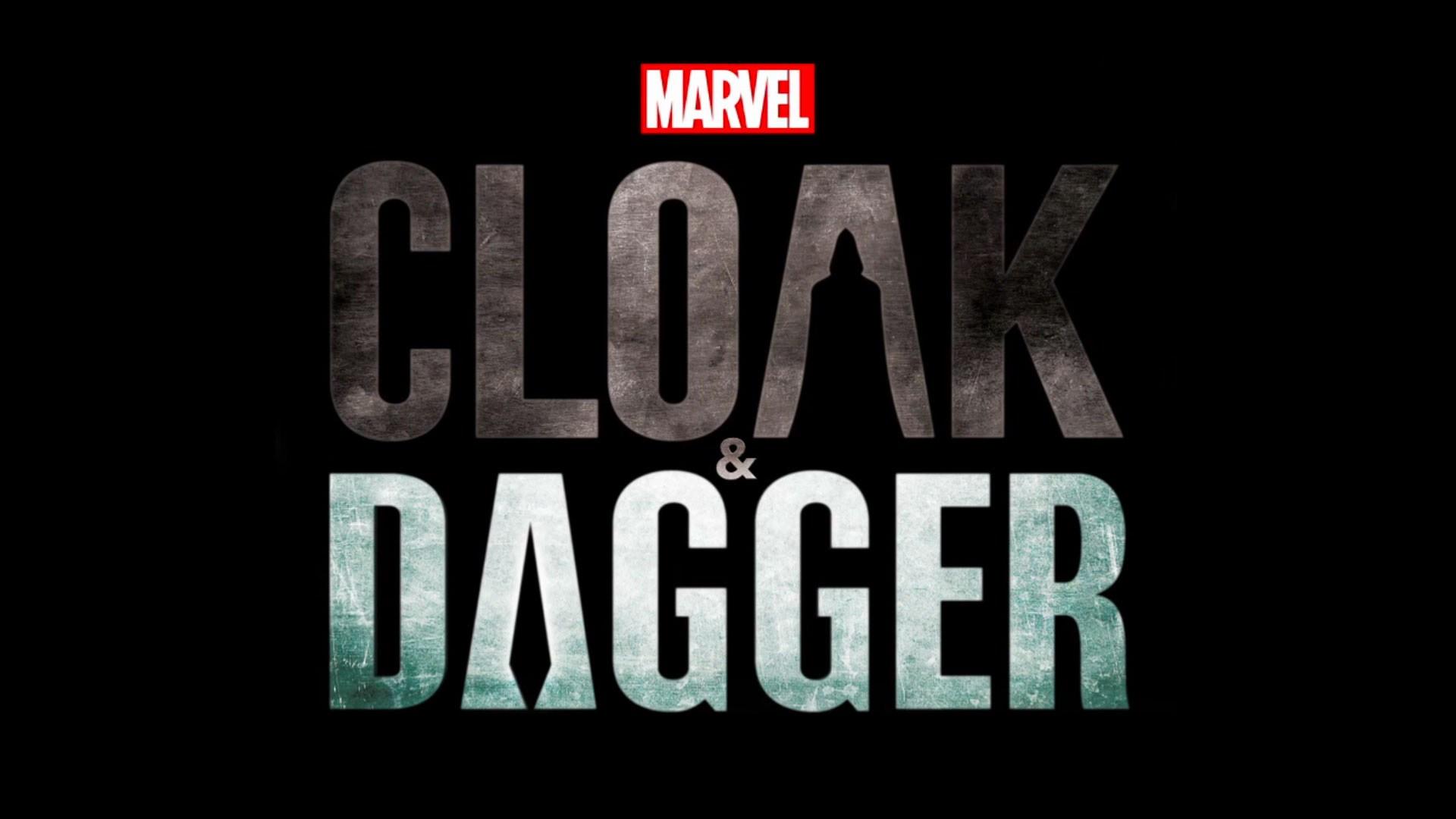


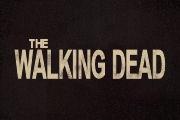
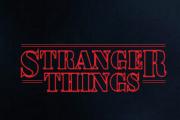

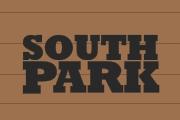









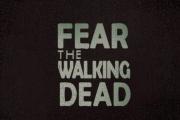




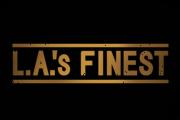
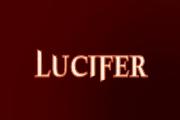


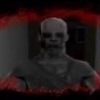
Recommended Comments
There are no comments to display.
Join the conversation
You can post now and register later. If you have an account, sign in now to post with your account.